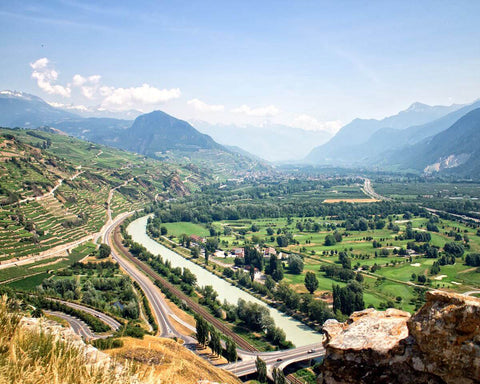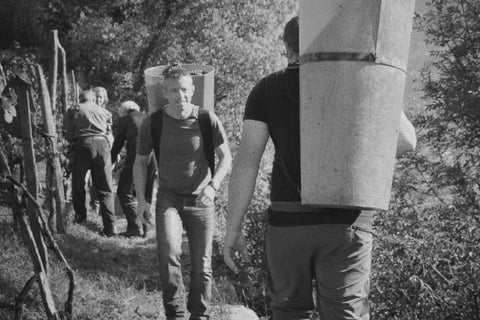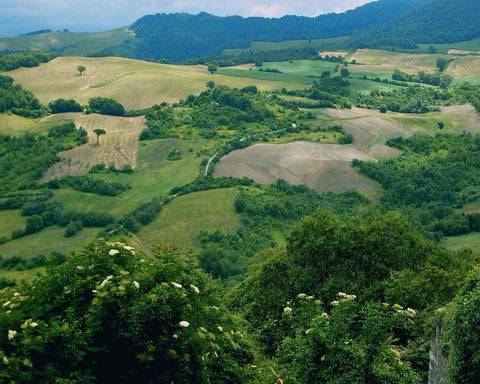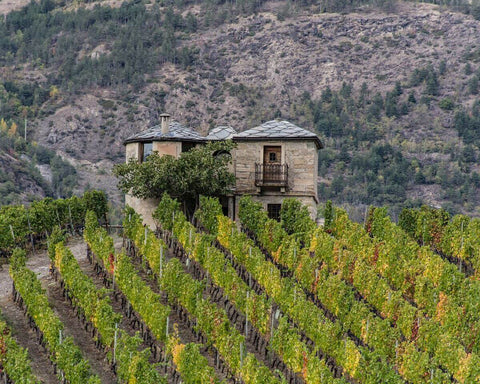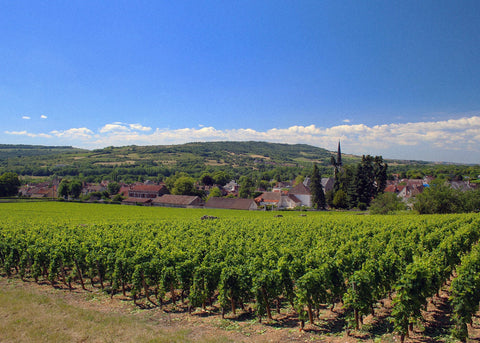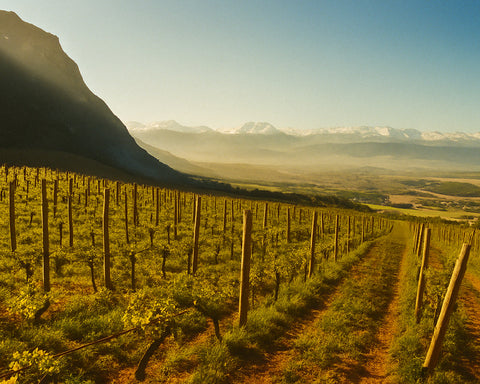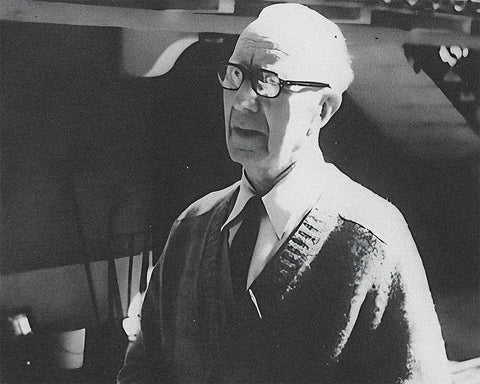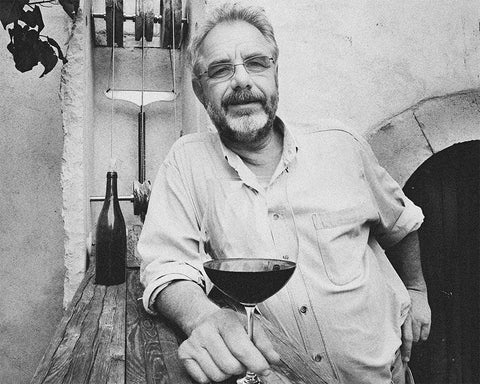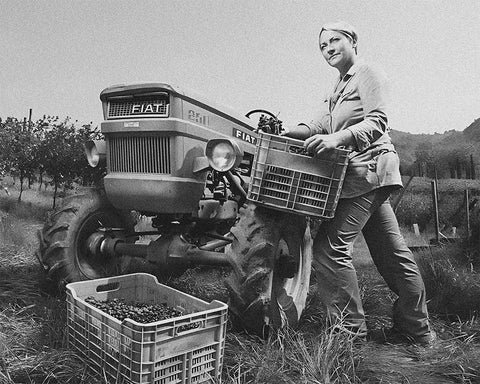Chianti Classico DOCG is a wine made in the Chianti region of Tuscany, Italy. It is one of Italy's most famous and beloved wines, but often misunderstood.
It's very important to understand what the denomination Chianti Classico DOCG means in detail. The Chianti region is located in central Tuscany and is home to some of the most famous and prestigious wineries in Italy.
To be labeled as Chianti Classico DOCG, the wine must be made from grapes grown in the Chianti Classico region, a sub-region within the wider Chianti region, and must adhere to production standards set forth in the "disciplinare di produzione" by the Consorzio del Vino Chianti Classico.
Generally speaking, regardless of particular styles characterizing the many producers in the region, Chianti is a high acidity wine. This acidity, counterbalanced by fruity aromas, gives the wine a bright, crisp finish. Chianti is perfect when paired with a wide range of foods, from pasta dishes to grilled meats.
Production requirements for Chianti Classico DOCG:
• Grapes: they must come from the Chianti Classico region of Tuscany as defined in the disciplinare.
• Blend: at least 80% Sangiovese grapes. Other grape varieties, such as Canaiolo, Colorino, and Merlot, can be used for the remaining 20%.
• The maximum yield: 7.5 tonnes per hectare.
• The minimum alcohol content: 12%.
• The wine must be aged for: at least 12 months, with at least three months of that time spent in the bottle. If the wine is labeled Riserva, it must be aged for a minimum of 24 months, three of which in the bottle.
• The wine must be bottled in the Chianti Classico region and bear the official Chianti Classico DOCG seal.
• The use of oak barrels for aging is allowed; the use of new oak is limited to a maximum of 10% of the total volume.
• The wine must pass several tests, including a tasting panel and lab analysis, before being approved for sale under the Chianti Classico DOCG designation.
• The Consorzio del Vino Chianti Classico is responsible for regulating the production of Chianti Classico DOCG.
